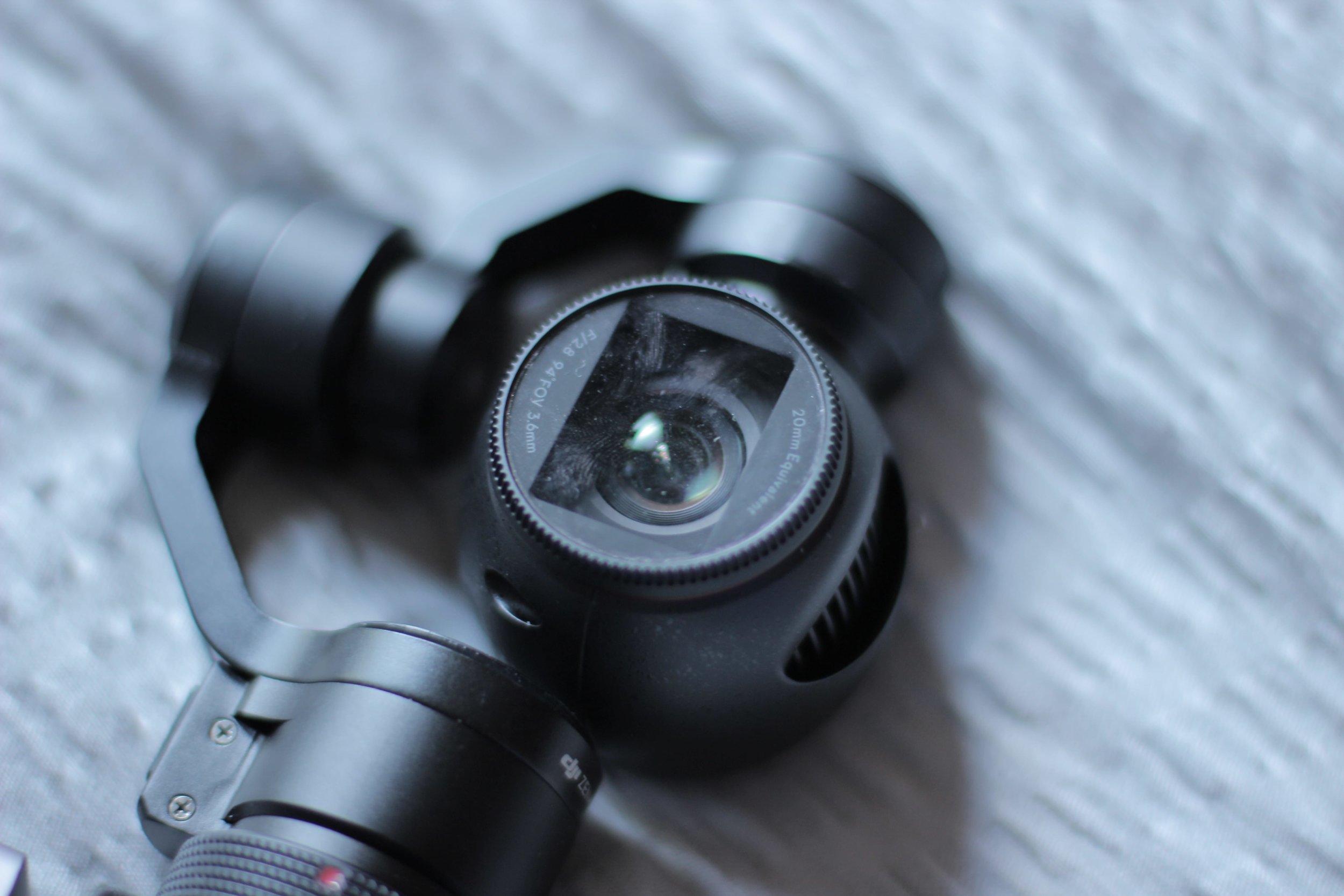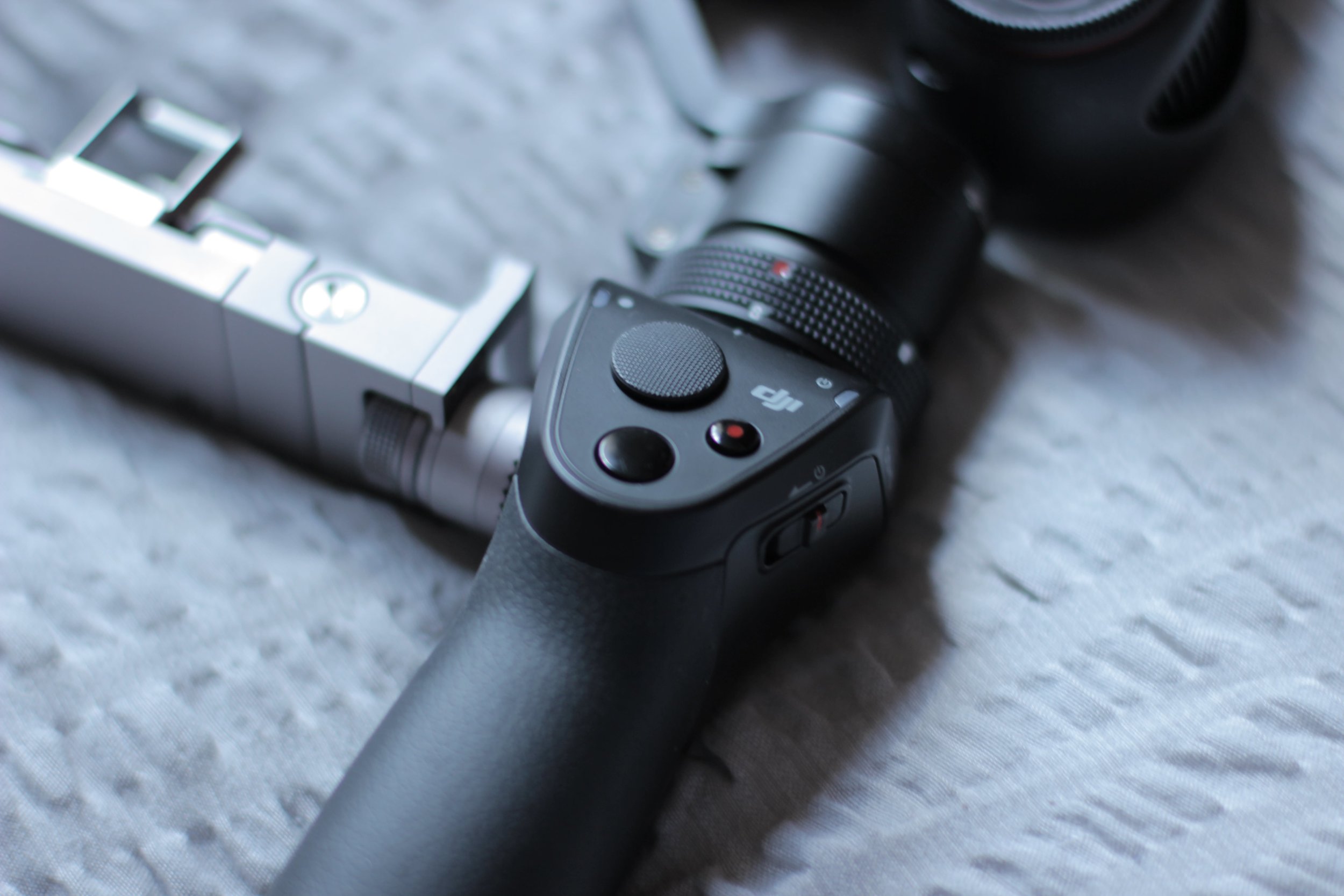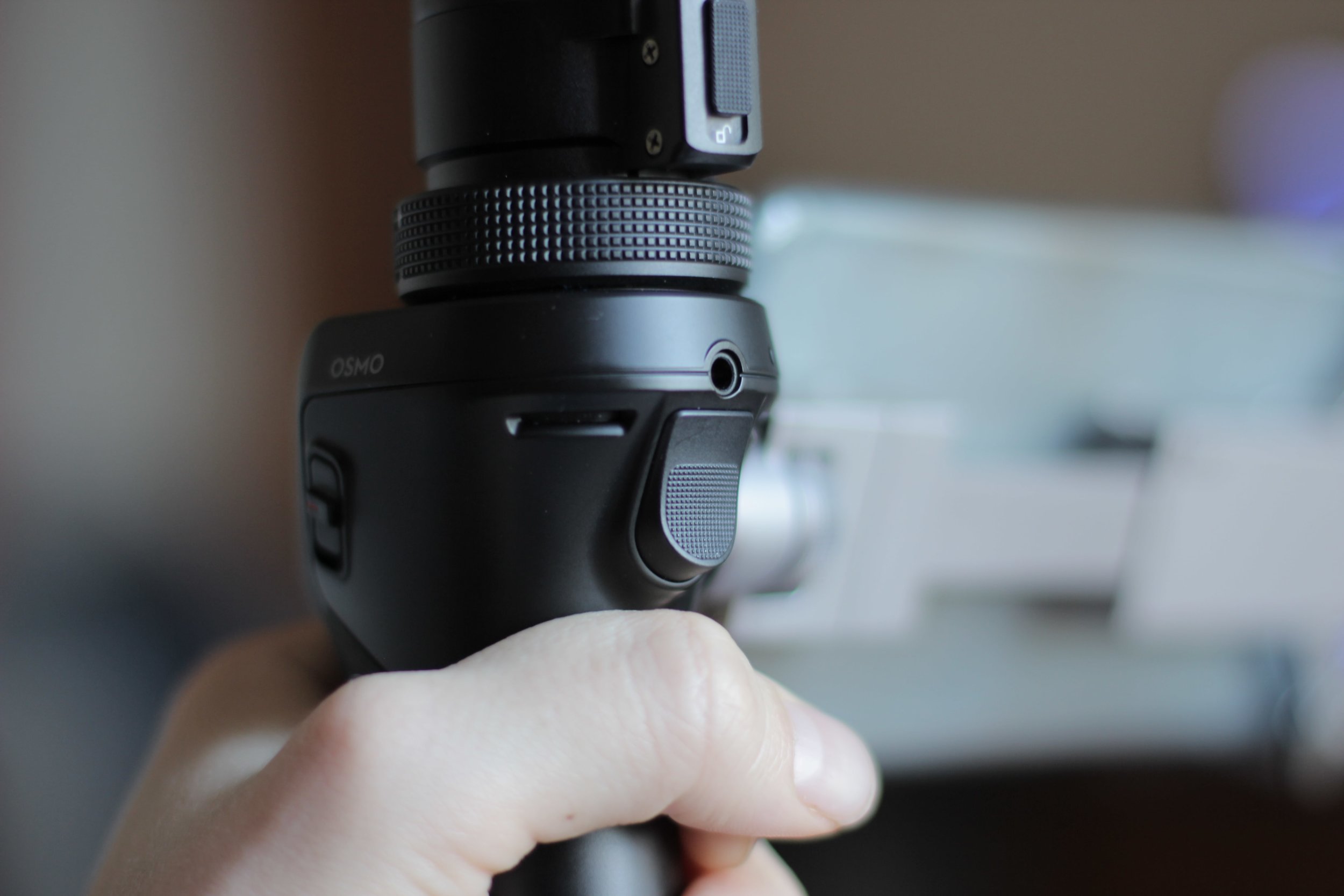DJI Osmo Long-Term Review: The Everyman’s 4K Gimbal Camera
Many would call this a very late review of the DJI Osmo… But as a long-time and very regular user of my own handheld camera since January 2016, this puts me in the unique position to provide an opinion that is not limited to mere weeks of use.
The fight against shaky footage can be a tricky and expensive one - but the DJI Osmo works to combat this in a promising all-in-one 4K gimbal camera. At £519, it’s less than many equivalent setups, but is this worth what is quite a significant chunk of change to most of us?
Let’s kick off with some specs. Open the box and you’re welcomed with a carrying case that may look like you’re This 538 gram-camera is simply an ergonomic handle with all the controls at your fingers (and thumb), and a clamp to use your phone as the viewfinder.
The 10.8Wh battery has an average life of about 60 minutes (up from 30 minutes because of an update in April), which is good enough for a day’s filming with access to plug ports, but you’ll need a spare battery if you are spending a couple of days away from electricity.
To have a near-stable camera (on the X + Y axis, but the Z axis requires an add-on) that captures 4K resolution shots, a device at 0.5kg is an absolute revelation. My previous rig involved using my Canon EOS 600D, paired with a manual stabiliser that used a 5kg counterweight. This near-10kg monstrosity made the Osmo feel rather incredible.
The gimbal-camera on top is the Zenmuse X3 (anyone with knowledge of DJI’s Inspire drones need no introduction to this), with a 12-megapixel camera created by Sony - 20mm f/2.8 lens with a 94-degree field of view. This limits the sheer shooting versatility to one wide-angle (let’s be honest, nobody uses digital zoom), which means you'll need another camera alongside your Osmo to shoot any zooms.
But on a more important note, this makes it capable of 4K video recording at 24fps, with a maximum bitrate of 60 Mbps. Fancy smoother video? Not a problem, you can do 60fps at either 1080p or 720p - even go up to 120fps at 1080p in slow motion mode. The footage itself is rather pretty, as you can see from the Budapest trip and many more test videos right at the bottom.
Ideally, this would make the Osmo perfect for vlogging, right? Well… The specific setup of this lens means that when holding it to film yourself (arms length of two-feet) makes your face slightly out of focus. Chances are most people won’t notice it when watching your content, and the sheer portability of this high-quality camera outweighs this small issue, but just one bit for the perfectionists to look out for.
However, is this opinion relevant anymore? Speaking the praises of the Osmo is all fair and good, but this was bought at a time when only one model was available.
You could spend more and get the Osmo+, which has a three-axis gyro and provides a lens with 3.5x optical zoom - eliminating my other complaints for an extra £170. Trim £200 off the budget and you can buy an Osmo Mobile - providing you the same gimbal stabilisation for your smartphone and getting rid of the camera altogether.
Hell, you could pay over £3,500 for an Osmo RAW Combo… But let’s just leave that kettle of fish to the professionals and focus on the consumer/prosumer split.
As of right now, the DJI Osmo is kind of floating in the middle of the product range without much of a point being there. You want superior quality, you’ve already gone for the Osmo+ because the extra cost isn’t that much of an issue in the face of a better product. You want something to stash in your bag and stabilise those shaky travel shots, the Osmo Mobile is your best bet.
This leaves the original Osmo without much of a reason for existing, and this isn’t a critique of the hardware itself. Over the last year, it has been a lifesaver for me - helping in the production of professional-level steady shots in a portable form factor. But it has long been overtaken by a range that taps perfectly into the use cases of each and every customer.
If you care about the shot, go for the upgrade. If you don’t, go down. Just ignore this middle child of the range.
7/10
A handy piece of hardware for anyone semi-serious about shooting video, but rendered pointless and forgettable by the rest of the Osmo range.




